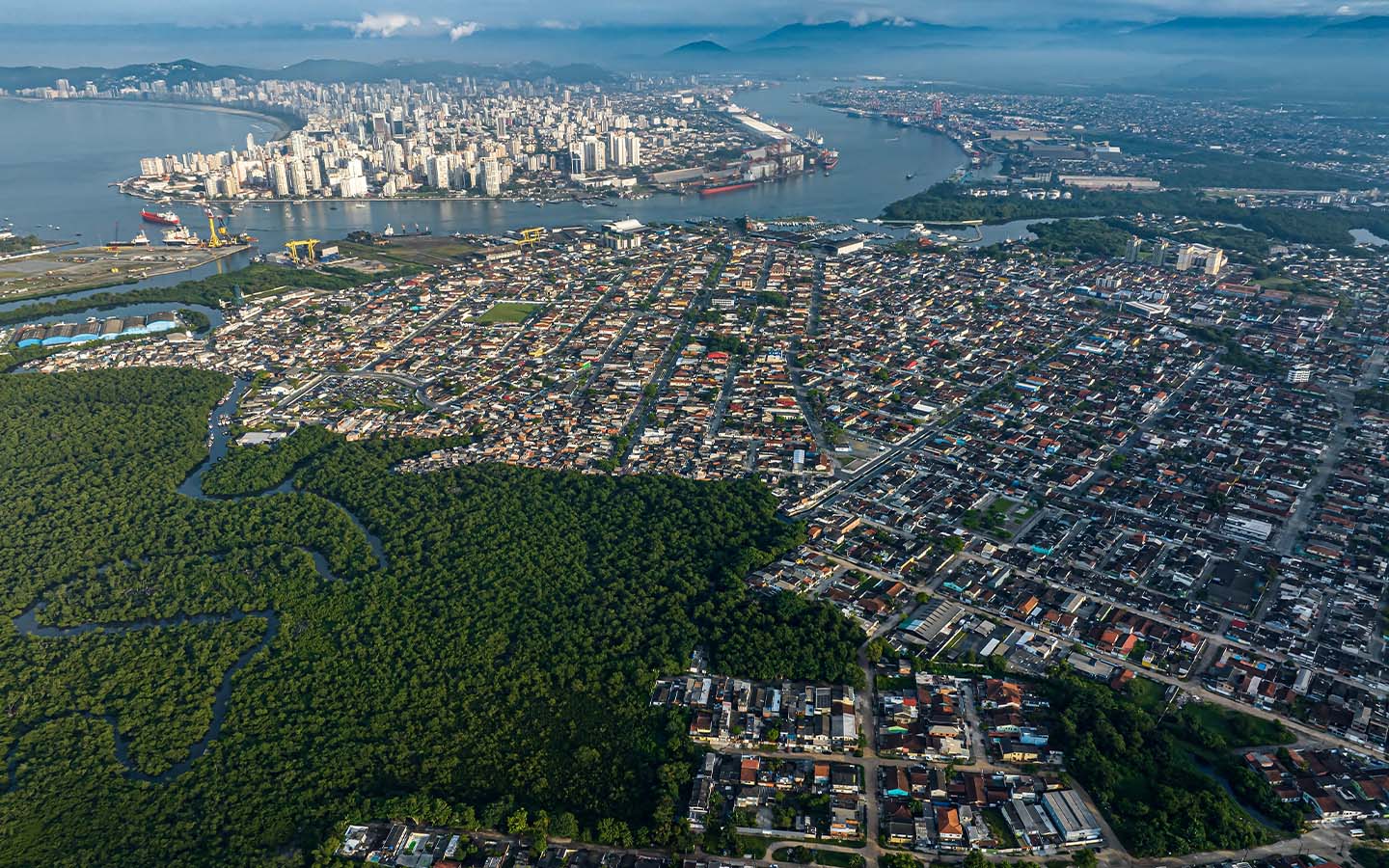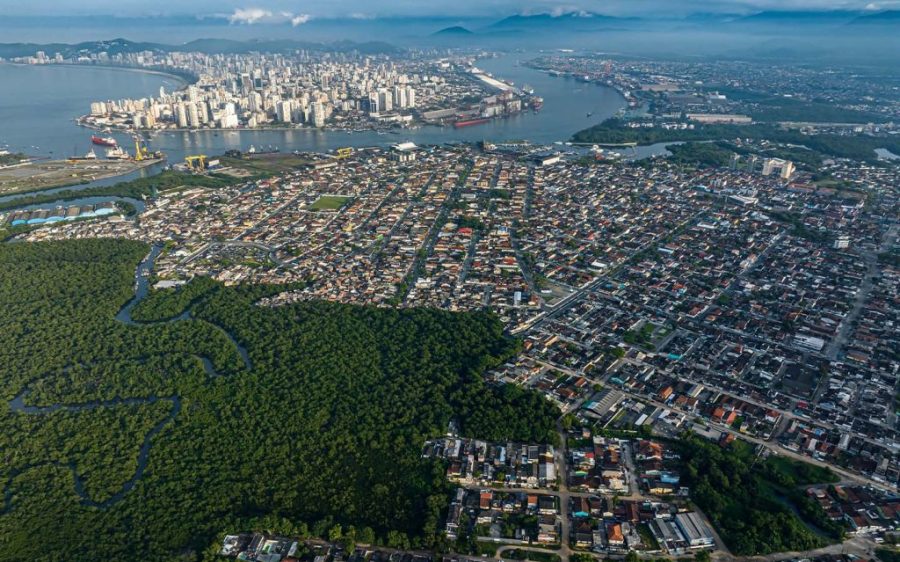A Portuguese-Chinese consortium will take on one of Brazil’s largest transport projects – the long-awaited Santos-Guarujá tunnel in São Paulo state, reports Agência SP.
“This is truly a historic day. After 100 years of anticipation, the wait is over,” São Paulo Governor Tarcísio de Freitas remarked, praising the hard work of everyone involved in making the tunnel a reality.
Mota-Engil Latam Portugal, along with infrastructure giant China Communications Construction Company (CCCC), won the 5 September tender for the tunnel. The 6.8-billion-real (US$1.26 billion) tunnel is expected to be a gamechanger for the Baixada Santista region, benefiting over 2 million residents and thousands of workers who commute daily between Santos and Guarujá.
Currently, over 28,000 people make the crossing daily via ferry, a journey of around 18 minutes when not slowed by queues and operation delays, while others opt for road, taking up to an hour. The Santos-Guarujá tunnel will slash travel times to just 5 minutes.
[See more: Brazil has become a growing focus of Chinese investment]
A public investment of 5.1 billion reais (US$943.73 million) will be split equally between the state of São Paulo and the federal government, with the remainder covered by the concessionaires. They will construct and operate the tunnel under a public-private partnership for 30 years, after which it will be transferred to the Santos Port Authority.
The 1.5-kilometre tunnel will include 870 metres constructed as an immersed tunnel, using prefabricated concrete modules installed in the seabed of the port channel, a technique widely used in Europe and Asia. It will include three lanes in each direction with one reserved for a light rail vehicle (VLT), as well as paths for pedestrians and cyclists and a service gallery.
Expected to create around 9,000 direct and indirect jobs, the project will also provide training for local workers and strengthen logistical integration with the Port of Santos. Some of the new jobs will come from the shipyard that will be set up in Guarujá to produce the prefabricated modules. Construction is expected to begin in 2026 and be completed by 2030.






